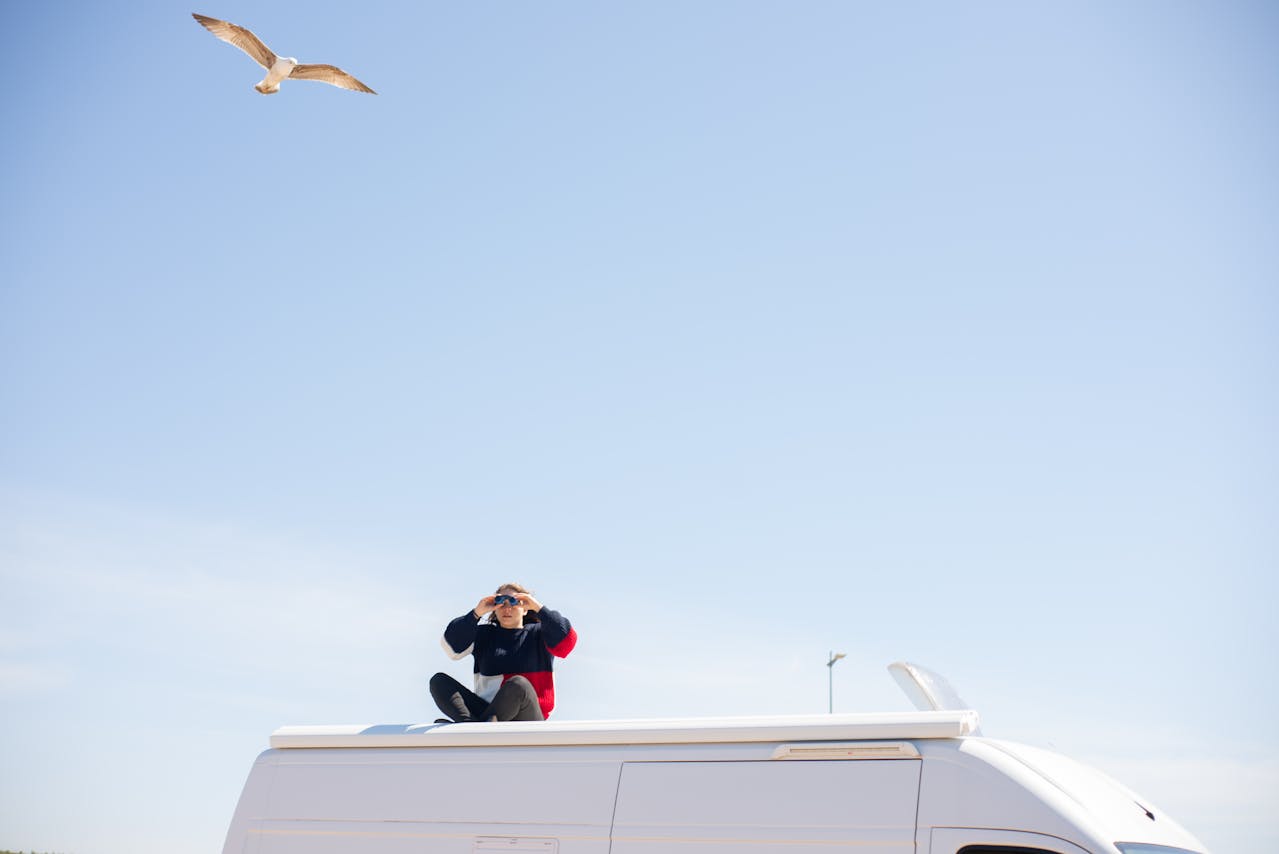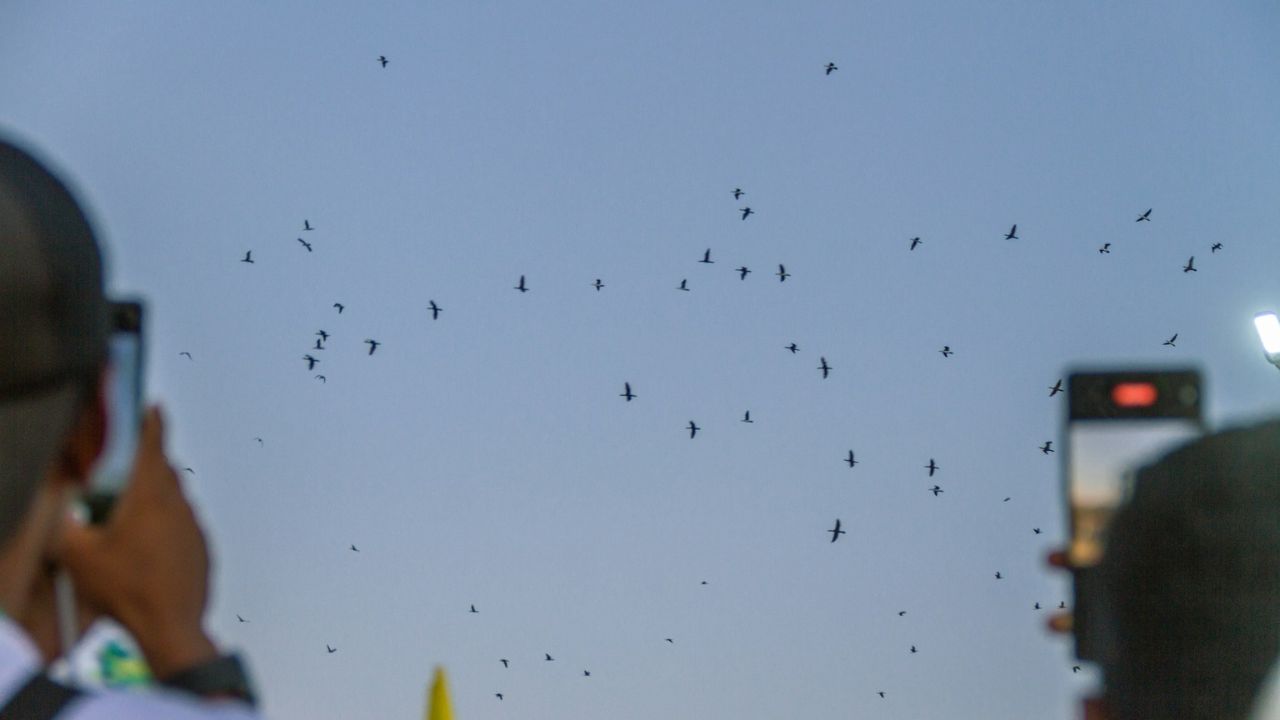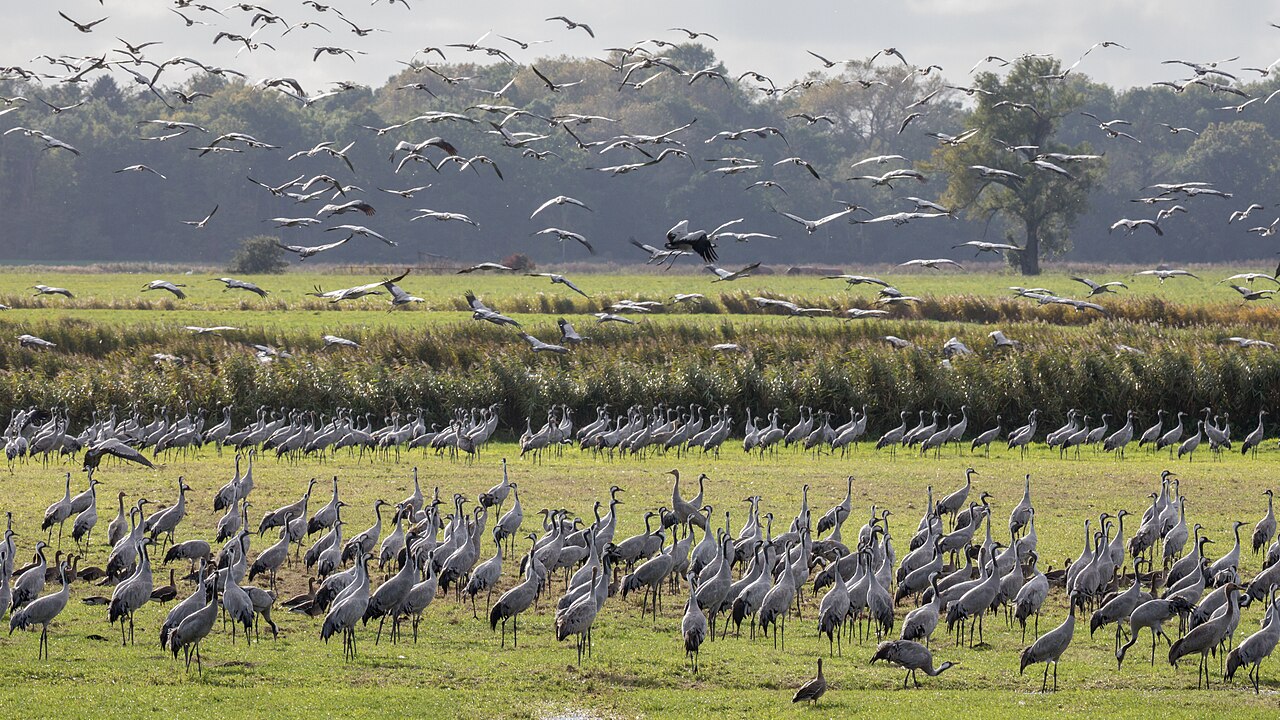Every spring and fall, something extraordinary happens in the sky. Without most people ever noticing, billions of birds take flight under cover of darkness. These nocturnal travelers are mostly small songbirds, and they use the nighttime hours to make their way across entire regions and even continents.
While daytime birding gets all the attention, nighttime migration is nature’s quieter masterpiece. It can feel magical to witness. You just need to know where to look, when to watch, and how to recognize the signs. Here’s how teens and nature lovers alike can tap into this hidden spectacle.
Why Birds Choose the Night Sky
Birds migrate at night for a mix of safety, energy efficiency, and navigation. During the day, the skies can be turbulent with heat currents and strong winds. At night, the air is cooler and calmer, helping birds conserve energy during long flights.
Predators are also a concern. Birds flying in daylight risk being spotted by hawks and falcons, but nighttime reduces that danger. It’s simply safer in the dark.
Navigation is another reason. Many birds use star patterns and Earth’s magnetic field to guide them. With a clear night sky, they have a reliable roadmap above. Even on overcast nights, some species can still detect light polarization and magnetic cues to keep moving in the right direction.
When and Where to Watch

The migration season generally peaks in the United States during two times of the year: mid-April through May in the spring, and mid-September through October in the fall. These are the windows when massive bird movements happen.
The best time to watch is about 30 minutes to two hours after sunset. That’s when most birds launch into the sky for the night’s journey. On strong migration nights, thousands of birds may fly overhead in just a few hours.
If you’re looking to witness it, choose a wide-open area away from city lights. Suburban parks, fields, trails, or lakeshores can be perfect. Darkness helps your eyes adjust, and low light pollution makes it easier to spot silhouettes in the sky.
Check online bird migration alerts or radar maps before heading out. Sites like BirdCast often show real-time movement data. This will help you know if a big wave of birds is expected in your area on a particular night.
What You’ll See and Hear
Don’t expect a massive flock in a V-formation. Night migration often looks like a steady stream of birds flying quietly across the stars. Sometimes you’ll catch faint outlines fluttering across the moon or against the last light of dusk. If conditions are right, you might even see a soft, flowing line of birds moving in one direction overhead.
But listening is just as important. Many birds make short, high-pitched chirps called flight calls while they migrate. You might hear “tseep” or “zeet” sounds coming from above. Even if you can’t see them clearly, those sounds confirm movement is happening.
In rural areas, or under especially dark skies, you might also catch the rustle of wings or the soft rush of a flock passing by.
Tips for Getting the Best View

To have the best shot at witnessing night migration, here’s what to bring and what to do:
- Dress for the temperature: Nights can be colder than expected. Wear layers.
- Use a red flashlight or headlamp: This helps preserve your night vision.
- Bring binoculars or a camera with a long exposure: You might catch movement near the moon or light trails.
- Have a quiet spot: Silence helps you hear flight calls better.
- Check wind direction and moonlight: Clear, calm nights with a little moonlight often lead to more visible movement.
You don’t need expensive gear. Some of the best sightings happen with nothing but your eyes and ears.
What It Feels Like to Witness It
Seeing birds migrate at night is not about flashy visuals. It’s about feeling connected to something bigger, quieter, and more ancient. These birds may be flying thousands of miles, from Canada to Central or South America, crossing continents while the world sleeps.
When you witness even a few moments of that journey, you realize how much is happening above us every single night during the season. It also highlights how fragile these paths are. Light pollution, glass buildings, and changing climates can all disrupt the invisible highways that birds rely on.
For teens, watching night migration can inspire questions about science, wildlife, conservation, or just how complex and hidden the natural world is. It’s peaceful, and sometimes even emotional.
Final Thoughts
Bird migration happens every year, but most people never notice it. The birds take off just after dusk, follow unseen paths across the sky, and land hundreds of miles away by dawn. With a little planning, patience, and quiet observation, you can experience this hidden journey for yourself.
It’s one of the most natural, awe-inspiring events you can see without leaving your neighborhood. So next time the forecast is clear, the winds are right, and migration is peaking, step outside, look up, and listen. The sky is alive.


